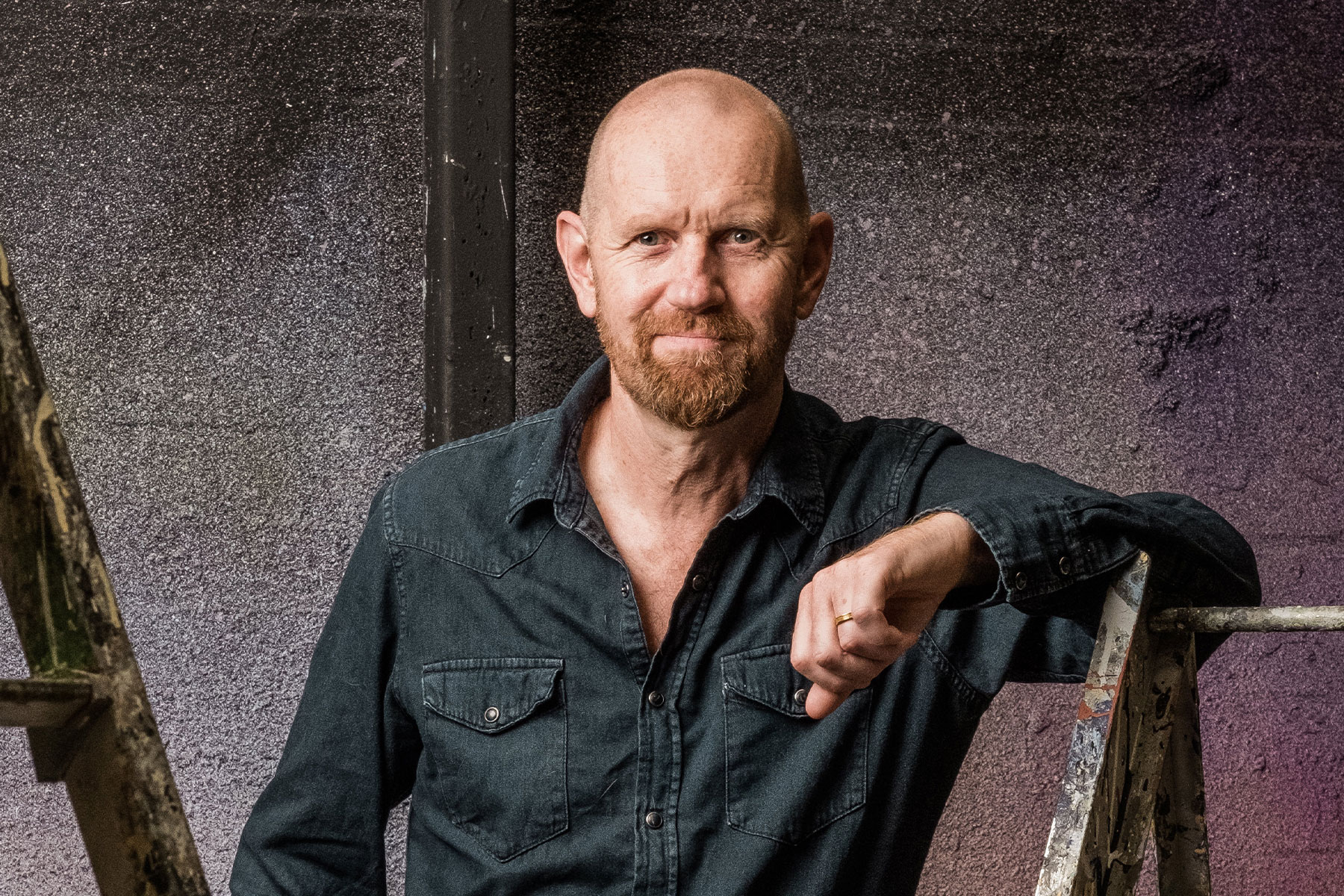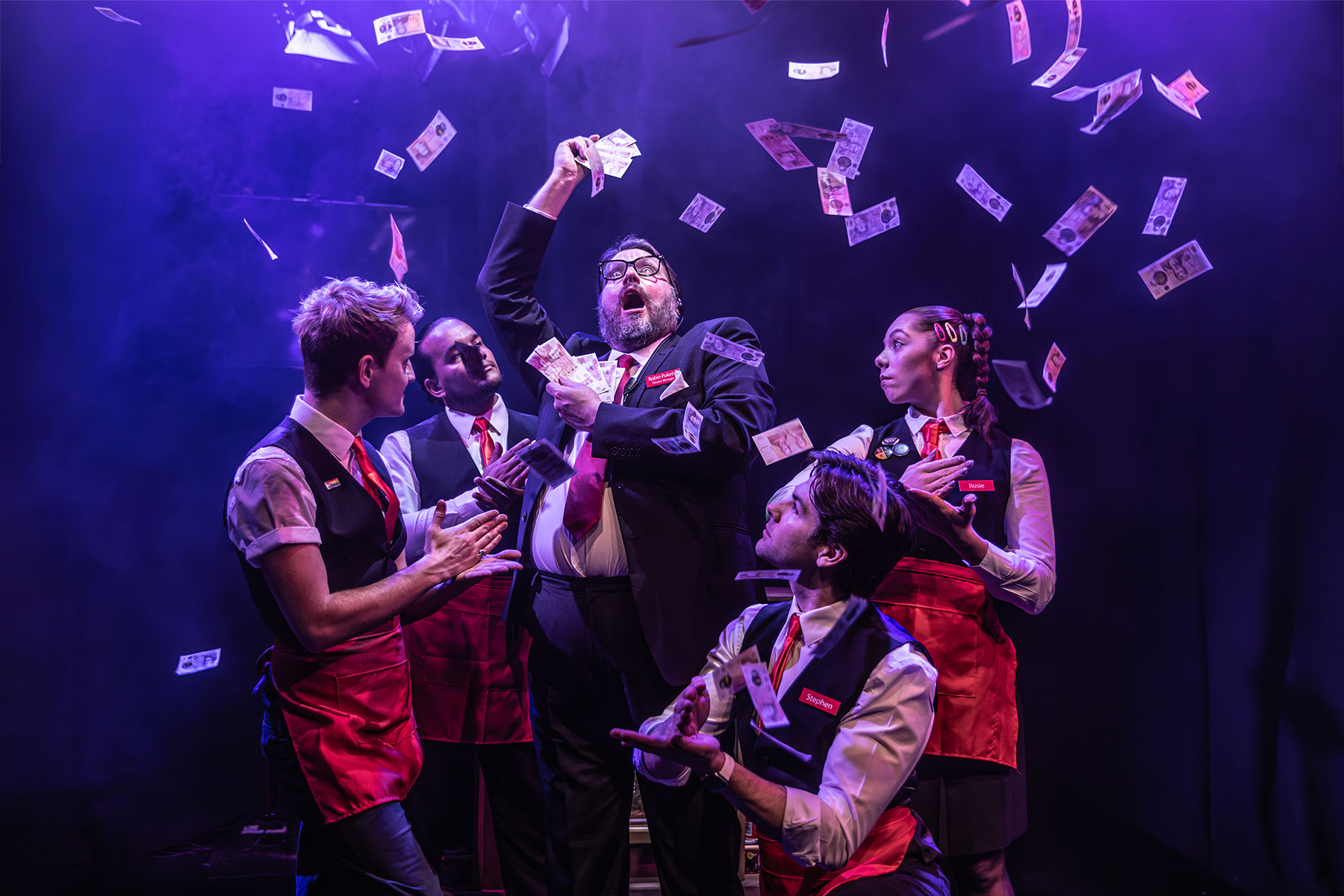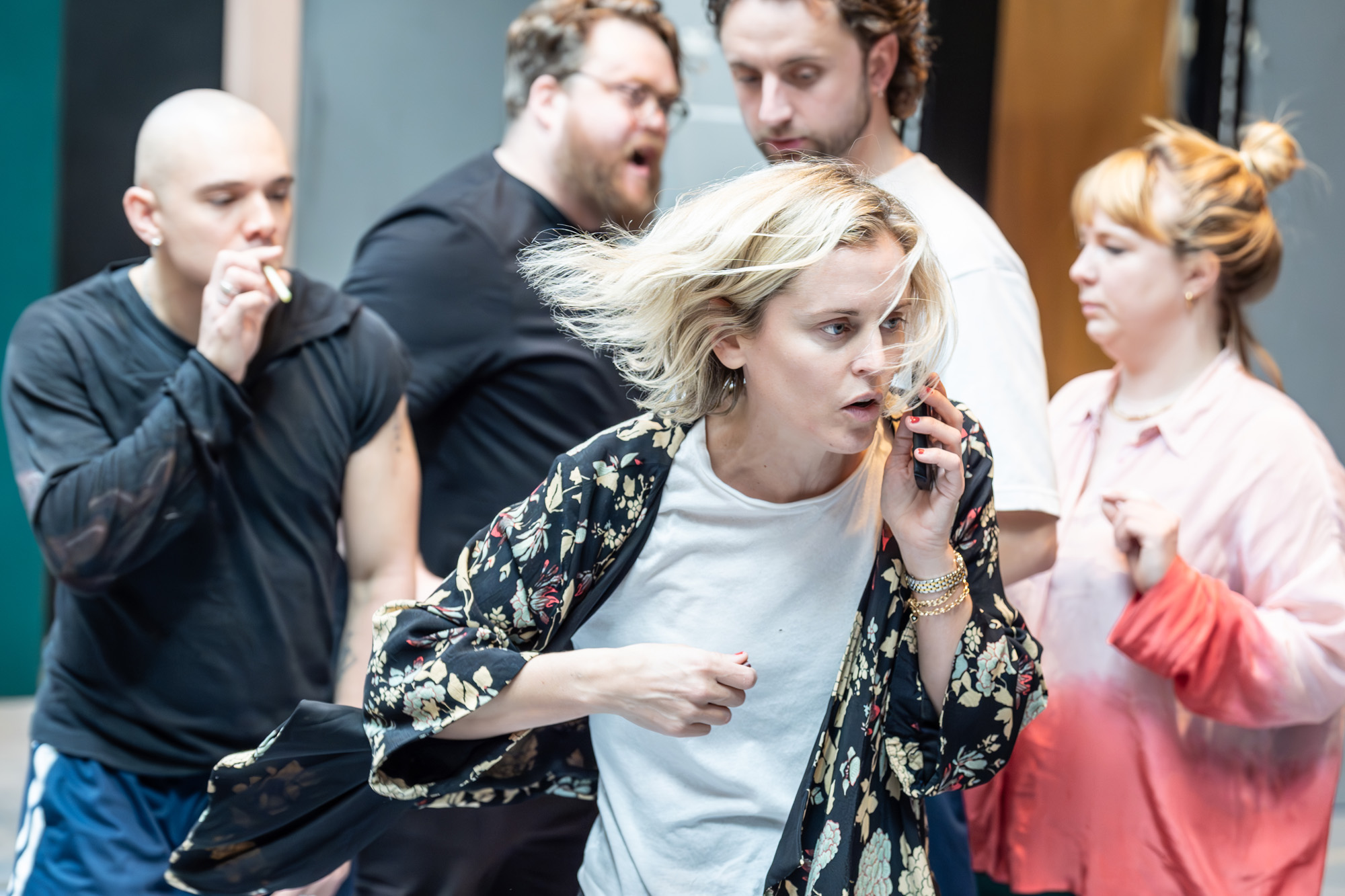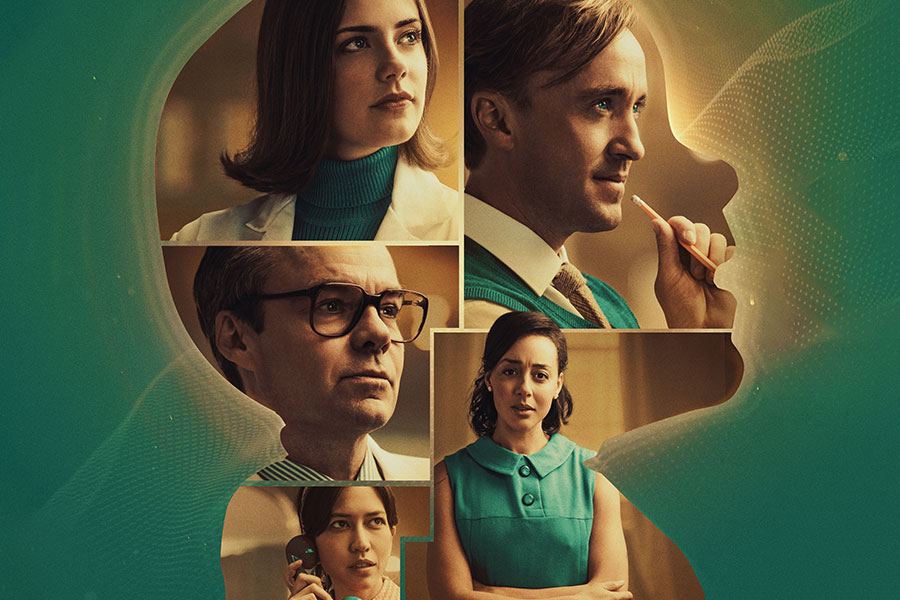Hurts Given & Received
Can great art be created only by
the dangerously self-obsessed? Does a
masterpiece need cruelty and
manipulation? In
Hurts Given and Received,
Howard Barker asks many powerful
questions and, as with all great
tragedy, provides few answers. The music greeting the audience
on
arrival is discordant, scratchy and
annoying, putting the audience on
edge and hinting at the malevolence
to come.
greatest poem of all time, uses,
abuses and discards all those who
come into contact with him – his
mother, friends, servant, and most
shockingly, a child. Nothing
matters to Bach except ‘The
Poem’. The other characters
in his life
sacrifice themselves to his abuse
because they seem to accept that
‘The Poem’ is the be all and end
all and they, as individuals, might
be the poet’s catalyst to
greatness.
Brilliantly directed by Gerrard
McArthur for The Wrestling School,
the “Hurts Received” part
of the play sees Bach on the sharp end of
revenge for a terrible crime. Paralysed and mute, he
channels his poetry through a young
girl who pours out
page after page of “great
poetry” to provide the increasingly
dependent community with their
poetic drug of choice. Only
in his
stillness, when he no longer has
the ability to wound, does his
poetry flow.
Tom Riley‘s dynamic Bach in the
first part of the play is in
constant movement, whether it is
climbing to the hugely oversized
chair and desk where he writes,
pacing along the decking that defines
the acting area, or running his
hands frenetically through his
hair. This kinetic performance becomes even more startling
when in
the latter part of the play Bach is
paralysed, the stillness even
more effective than his earlier
frantic searching for words.
Such a bravura performance could
have overshadowed the rest of the
cast, but Issy Brazier-James
makes compelling characters of Sadovee
and her sister, with the ensemble
providing fine support.
At 110 minutes, the play is overly
long and the pace could be upped
in a couple of scenes. Some
judicious editing might also be useful in
reducing the feeling of being
bludgeoned repeatedly with the play’s
themes. That said however, this is
a significant and fascinating
exploration of the place of art in
society.
– Carole Gordon










